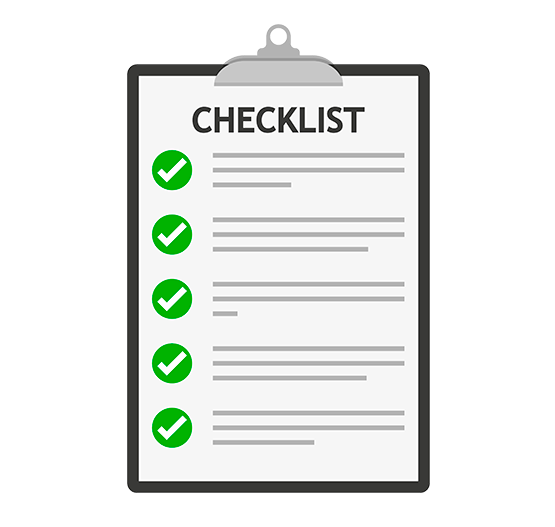For Enterprise Resource Planning (ERP) systems, procedures and checklists play a crucial role in helping to avert errors and maximize productivity. Here are some ways that procedures and checklists can achieve this in the context of ERP systems:
- Standardization of processes: ERP systems are designed to streamline business processes by automating them. By using procedures and checklists, companies can standardize their processes and ensure that they are followed consistently across different departments and locations.
- Reduced data entry errors: Procedures and checklists can help reduce data entry errors by ensuring that data is entered accurately and completely. This is especially important for ERP systems, which rely on accurate data to function properly.
- Improved decision-making: ERP systems generate a large amount of data that can be overwhelming to managers and other decision-makers. Procedures and checklists can help these individuals make informed decisions by providing them with the information they need in a structured and easy-to-understand format.
- Increased efficiency: Procedures and checklists can help increase efficiency by providing employees with clear instructions on how to complete tasks. This reduces the time needed to complete tasks and minimizes the risk of errors.
- Facilitating training: ERP systems are complex and require a certain level of expertise to use effectively. Procedures and checklists can help train employees on how to use the system properly, reducing the learning curve and ensuring that employees can use the system effectively.
Overall, procedures and checklists are critical for ensuring that ERP systems function properly and help companies achieve their goals. By providing structure and standardization, they help reduce errors, increase efficiency, and improve decision-making, ultimately leading to better business outcomes.
